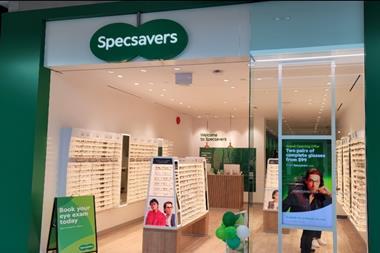The immediate aftermath of Game’s collapse into administration – 2,000 jobs slashed and 277 stores closed – makes it the most significant failure of a listed retailer since Woolworths.
The immediate aftermath of Game’s collapse into administration – 2,000 jobs slashed and 277 stores closed – makes it the most significant failure of a listed retailer since Woolworths. As the company’s remaining employees watch on, talks led by administrator PwC continue to seek the means to save what’s left.
The rationale for a national video games operator remains strong in a market still worth £2.9bn. Yet carving out a viable business from the wreckage will be a complex undertaking. There are the obvious challenges of reshaping the property portfolio and analysts are already raising concerns regarding the stores that have dodged the initial cull.
The route to market also requires a rethink. Not only is a compelling digital offering required that resonates with the brand’s tech-literate consumer base, but, in a sector that trades on imagination, its stores have been found wanting.
Most importantly, Game must re-establish relations with customers and suppliers.
Consumers will feel let down. The Game website is suspended, the reward and gift card schemes shelved, pre-orders are unfulfilled and staff can no longer give refunds – it will be a tall order to recreate any sense of trust.
A similar challenge exists with Game’s suppliers whose rocky relations with the retailer have done so much damage to its credibility. There can be few other sectors where a retailer is so beholden to the business cycle of its suppliers. Any new owner will be in the unenviable position of managing a product offering over which it has little control. A robust, flexible and innovative arrangement with its supplier base will be key.
2012 shows no quarter
The administration of Game closes a tumultuous first quarter. It’s been a time that some had hoped would draw a line under the uncertainty that characterised 2011, but there continues to be a mixed picture for British retail.
Hints of a recovery are there if you search hard enough – manufacturing shows signs of life, inflation is falling and the housing market looks encouraging. But high shop vacancy rates and the latest ONS figures, showing a 0.8% fall in retail sales volumes in February, are sparking fears of a weaker-than-expected first quarter. The continued weak consumer outlook is ensuring that if we escape a double-dip recession it will be by a hair’s breadth.


























No comments yet